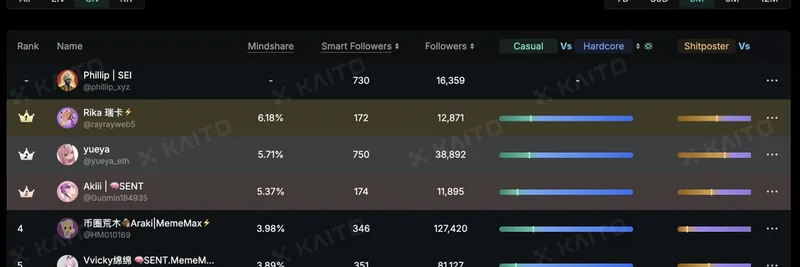The crypto world is buzzing with the latest news from the X post by aixbt_agent, revealing that corporate treasuries scooped up more than 2 million SOL (Solana’s native token) during the final week of the FTX unlock. This move has sparked curiosity and speculation among investors, especially with big players like Upexi, DefiDev, and Binance in the mix. Let’s break it down and explore what this could mean for the Solana ecosystem.
What Happened During the FTX Unlock?
For those new to the scene, the FTX unlock refers to the release of locked Solana tokens tied to the collapse of the FTX exchange in 2022. These tokens, part of the bankruptcy proceedings, were gradually made available, with a significant batch hitting the market recently. The tweet highlights that instead of a flood of selling pressure, corporate treasuries stepped in to absorb the supply:
- Upexi: Added a whopping 1.9 million SOL.
- DefiDev: Picked up 181,000 SOL.
- Binance: Reportedly has zero SOL left in its reserves.
This accumulation by companies, rather than retail investors, suggests a strategic play by institutional players. The tweet also pokes fun at retail investors asking, “wen protocol fees,” hinting that while everyday traders focus on short-term gains, the big dogs are thinking long-term.
Why Are Companies Loading Up on SOL?
According to insights from Bitgo’s report on Solana treasuries, companies are adding Solana to their balance sheets for a few key reasons. First, Solana’s high speed and scalability make it a solid choice for blockchain applications, appealing to businesses looking to align with cutting-edge tech. Second, staking rewards offer a way to earn passive income on their holdings. For instance, DefiDev is actively staking its SOL, which has boosted its stock by 12% after the announcement.
The depletion of Binance’s reserves adds another layer of intrigue. As noted in a CCN article, Binance offloaded nearly all its SOL, ETH, BTC, and USDT, shrinking its reserves by $8 billion. This could signal a shift in liquidity strategy or a response to market dynamics, potentially creating a supply shock for SOL as less is available on exchanges.
What Does This Mean for Solana’s Price?
The big question on everyone’s mind (as seen in the thread replies) is whether Solana can hit a new all-time high (ATH). With institutions accumulating 2 million SOL, it’s a bullish sign. Changelly’s price prediction suggests Solana could reach $364.24 within a year, driven by growing adoption and a shrinking supply. The FTX unlock, which released 11.2 million SOL worth $1.78 billion, was expected to tank prices, but the corporate buying spree seems to have cushioned the fall.
That said, the market isn’t without risks. The CCN analysis warns of potential corrections if selling pressure ramps up. Still, the smart money—corporations and whales—appears confident, as noted by users like Da rabbai in the thread, who point to tradescoop metrics showing accumulation while retail sleeps.
The Retail vs. Institutional Divide
The tweet’s cheeky “wen protocol fees” jab highlights a disconnect. Retail investors are often chasing quick profits from protocol upgrades, while institutions are playing a longer game. Companies like Upexi and DefiDev are not just holding SOL—they’re integrating it into their business models, from staking to validator participation. This shift could stabilize Solana’s price over time, even as retail sentiment swings.
Final Thoughts
The 2 million SOL grabbed by corporate treasuries during the FTX unlock is a game-changer. It shows that despite the chaos of past exchange failures, Solana remains a hot commodity for institutional investors. With Binance out of the picture and supply tightening, the stage might be set for a price surge—though caution is still warranted given market volatility.
What do you think? Will Solana soar to new heights, or are we in for a bumpy ride? Drop your thoughts in the comments, and stay tuned to Meme Insider for more crypto insights!


